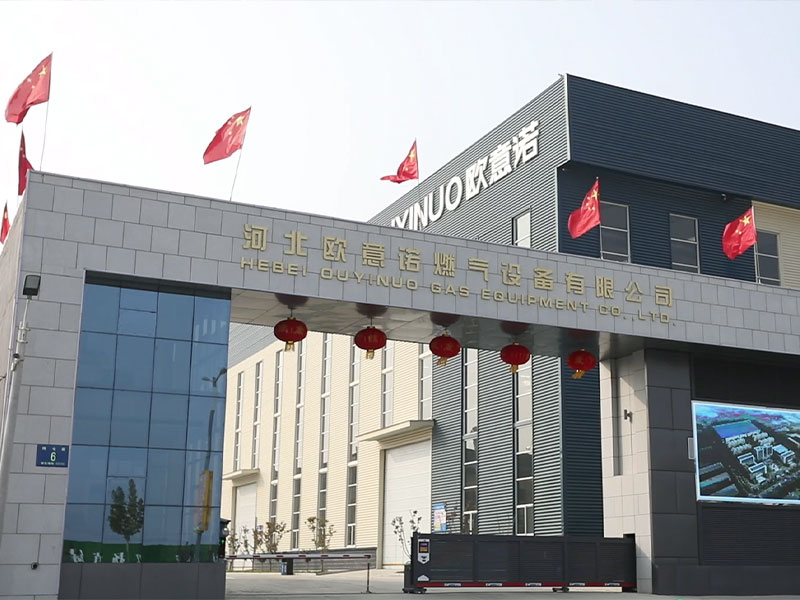
Nov . 14, 2024 13:06
Back to list
gas heat exchanger
Gas Heat Exchangers An Overview
Gas heat exchangers play a crucial role in various industrial processes, energy generation, and HVAC systems. These devices are designed to transfer heat between two or more fluids—typically a gas and a liquid or another gas—without them coming into direct contact. The efficiency of gas heat exchangers is vital for improving energy efficiency, reducing operational costs, and minimizing environmental impact.
One of the primary applications of gas heat exchangers is in power plants, where they are utilized to transfer heat from exhaust gases to water or steam. This process helps recover wasted heat energy, allowing it to be reused in generating additional power. By implementing gas heat exchangers, power plants can significantly enhance their overall efficiency, contributing to more sustainable energy production.
In HVAC systems, gas heat exchangers regulate temperatures within buildings efficiently
. They can be found in residential and commercial heating systems, where they facilitate the transfer of heat from combustion gases to air or water, providing warmth during colder months. The design and materials used in these heat exchangers are critical, as they must withstand high temperatures and corrosive environments while maintaining optimal heat transfer capabilities.gas heat exchanger

There are several types of gas heat exchangers, including plate, shell-and-tube, and finned-tube designs. Each type has its advantages and is chosen based on specific operational needs. Plate heat exchangers, for instance, offer a compact design and high heat transfer efficiency, making them suitable for applications with limited space. In contrast, shell-and-tube heat exchangers are preferred for high-capacity applications due to their robust construction and ability to handle larger volumes of fluid.
Efficiency is a central theme when discussing gas heat exchangers. Factors such as surface area, flow configuration, and temperature differentials all play a role in determining how effectively heat can be transferred. Engineers constantly strive to optimize these factors through innovative designs and materials, such as advanced alloys that enhance heat transfer while resisting corrosion.
The future of gas heat exchangers looks promising as advancements in technology and materials science pave the way for even more efficient systems. The development of compact and lightweight designs, along with enhanced thermal conductivity materials, will help industries achieve higher efficiency rates and reduce energy consumption.
In conclusion, gas heat exchangers are essential components in a wide range of applications, offering significant benefits in energy recovery and temperature regulation. As industries continue to emphasize sustainability and efficiency, the role of these heat exchangers will only become more critical in driving progress toward a greener future.
Latest news
-
Safety Valve Spring-Loaded Design Overpressure ProtectionNewsJul.25,2025
-
Precision Voltage Regulator AC5 Accuracy Grade PerformanceNewsJul.25,2025
-
Natural Gas Pressure Regulating Skid Industrial Pipeline ApplicationsNewsJul.25,2025
-
Natural Gas Filter Stainless Steel Mesh Element DesignNewsJul.25,2025
-
Gas Pressure Regulator Valve Direct-Acting Spring-Loaded DesignNewsJul.25,2025
-
Decompression Equipment Multi-Stage Heat Exchange System DesignNewsJul.25,2025

